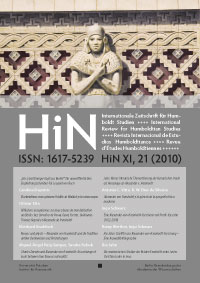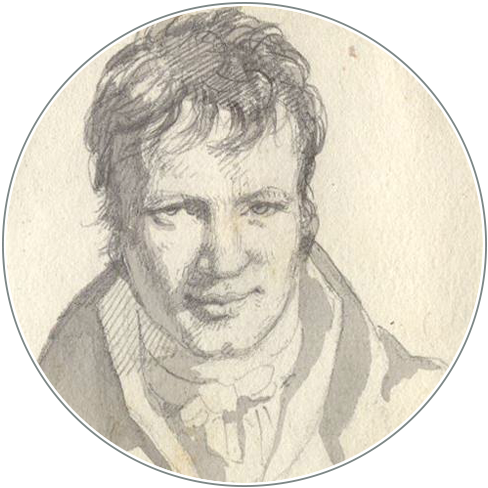El orientalismo como episteme: Frédéric de Waldeck y las ruinas mayas
DOI :
https://doi.org/10.18443/142Mots-clés :
Frédéric de Waldeck, Geschichtsphilosophie, Maya, Orientalismus, Palenque, Uxmal, YucatánRésumé
Resumen
Uno de los misterios más persistentes en América ha sido dilucidar el origen de los pueblos vernáculos y de sus edificios. Resolver ese misterio ha sido objetivo de numerosos viajeros. Entre 1832 y 1836, siguiendo la estela de viajeros como Alejandro de Humboldt, un supuesto barón checo, Frédéric de Waldeck, consigue vender al gobierno mexicano una empresa exploratoria por las ruinas mayas de Palenque y Uxmal. De esta expedición deja testimonio en numerosos diarios que permanecen inéditos hasta la fecha, y en el libro Voyage pittoresque et archéologique dans la Province d’ Yucatán (1838). En estos escritos ensaya algunas explicaciones sobre el origen de los mayas y, en sus disquisiciones y supuestos, hace continuas referencias al trabajo de Humboldt. En un artículo previo vimos cómo Waldeck asimila el origen de los mayas a uno de los grandes misterios bíblicos de raíz histórica como es el de las tribus perdidas de Israel. En este trabajo presentamos su segunda gran hipótesis: aquella que vincula a Yucatán con la India a través de un modo de interpretar y representar la realidad americana que tiene en el orientalismo europeo su episteme definitiva.
Abstract
One of the most persistent mysteries in America, has been the origin of vernacular peoples and their buildings. Elucidate such mysteries has been the aim of many voyageurs. Between 1832 and 1836, following the current of travellers such as Alexander von Humbold, Fréderic von Waldeck (supposedly an Czech Baron), found his way to sell an exploratory project regarding the Mayan ruins of Palenque and Uxmal, to the Mexican government. About this expedition, he leaves testimony in his numerous diaries which have remained inedited so far, and also in the book entitled Voyage pittoresque et archéologique dans la Province d’ Yucatán (1838). He essays in these writings to give some explanations about the origin of the Mayas. There, he continuously refers to Humboldt’s work. In a previous article, we saw how Weldeck assimilates the origin of the Mayas to one of the greatest biblical mysteries of historical root, as it is the one regarding the lost tribes of Israel. In this work, we present his second grand hypothesis: that one which links Yucatan to India, by means of interpreting and representing American reality having its definite “episteme” in European Orientalism.
Téléchargements
Publiée
Comment citer
Numéro
Rubrique
Licence
(c) Tous droits réservés Carolina Depetris 2010

Ce travail est disponible sous licence Creative Commons Attribution - Pas d’Utilisation Commerciale 4.0 International.
Les droits des articles envoyés restent la propriété de leurs auteurs et sont publiées sous la licence Creative Commons-Lizenz (CC BY-NC 4.0). Tous les auteurs publiant dans le HiN doivent accepter ce modèle de licence.
Les auteurs doivent eux-mêmes s’occuper de l’obtention des droits d’auteur pour les images utilisées.
Les divers éléments de la mise en page et du design de la revue sont protégés et ne peuvent être récupérés et réutilisés dans d’autres publications sans autorisation préalable de la part de HiN.










